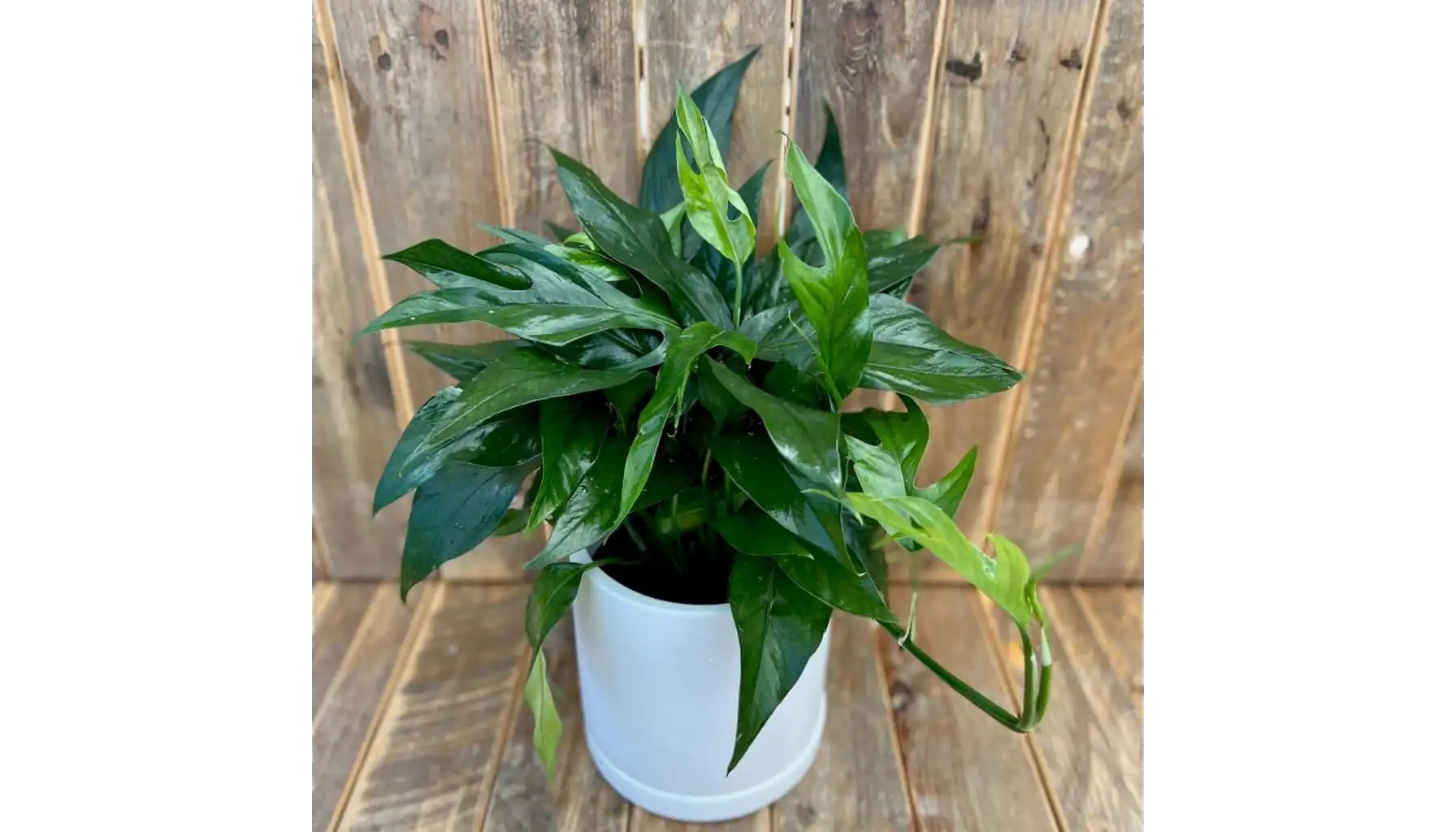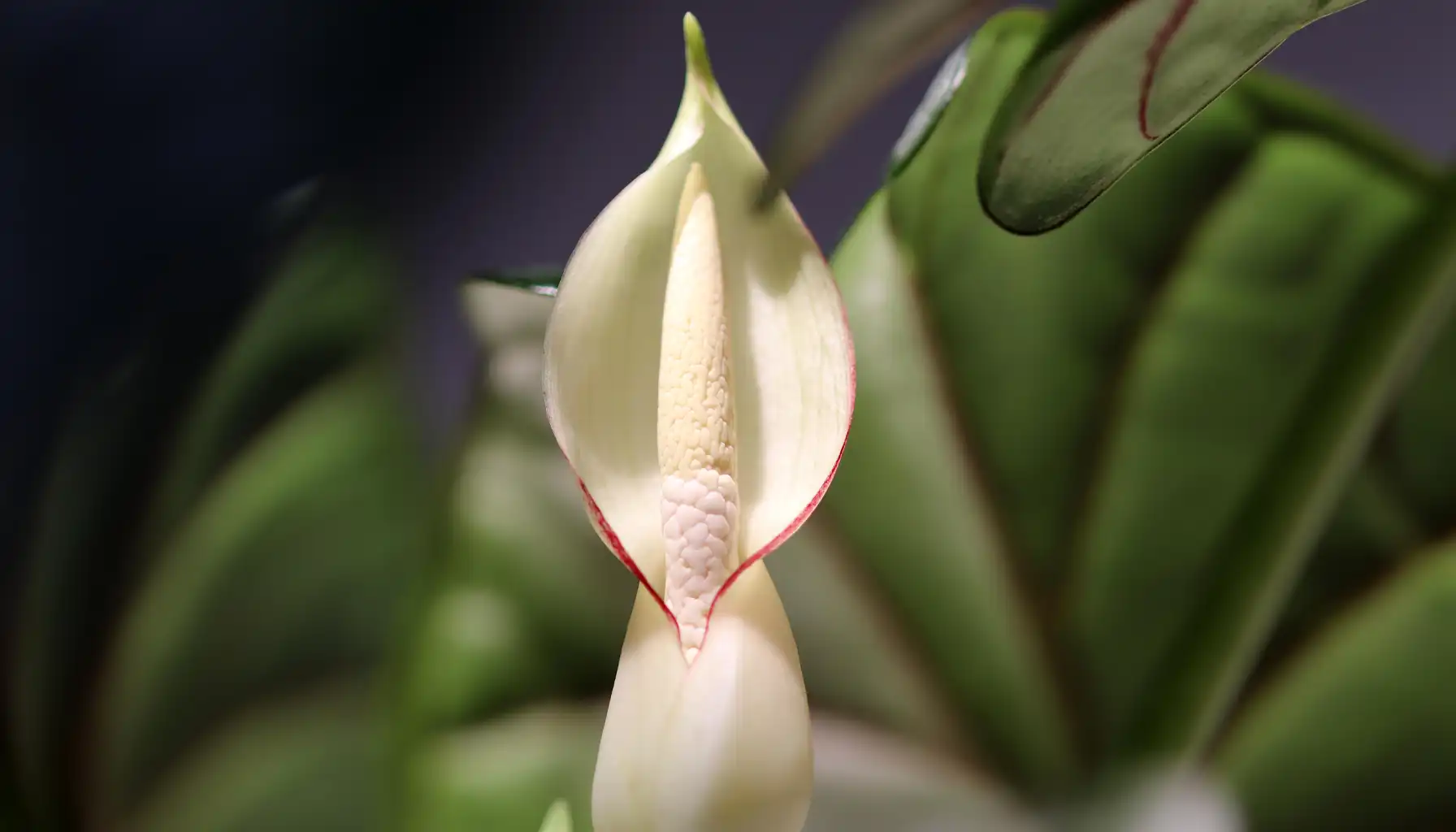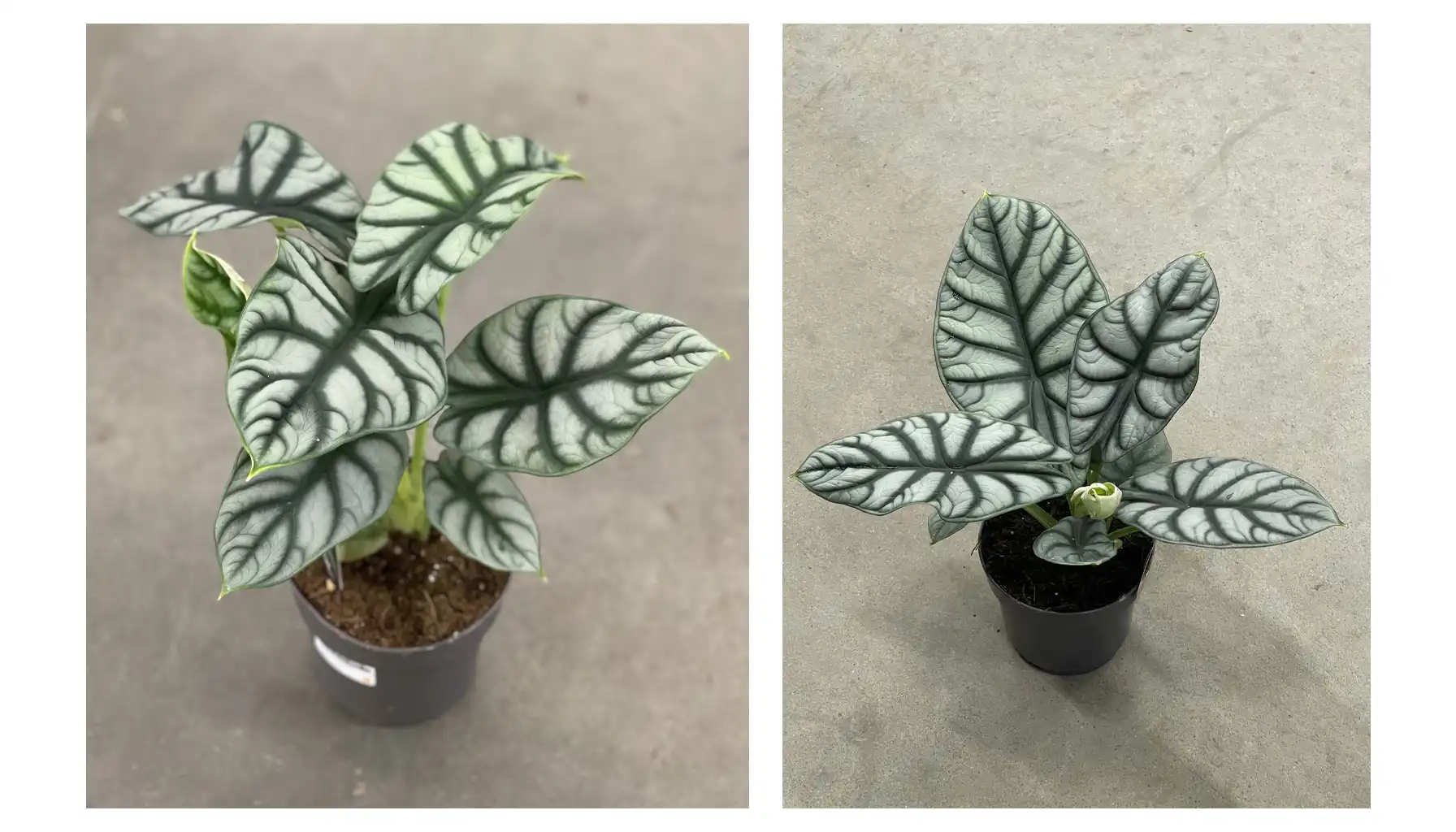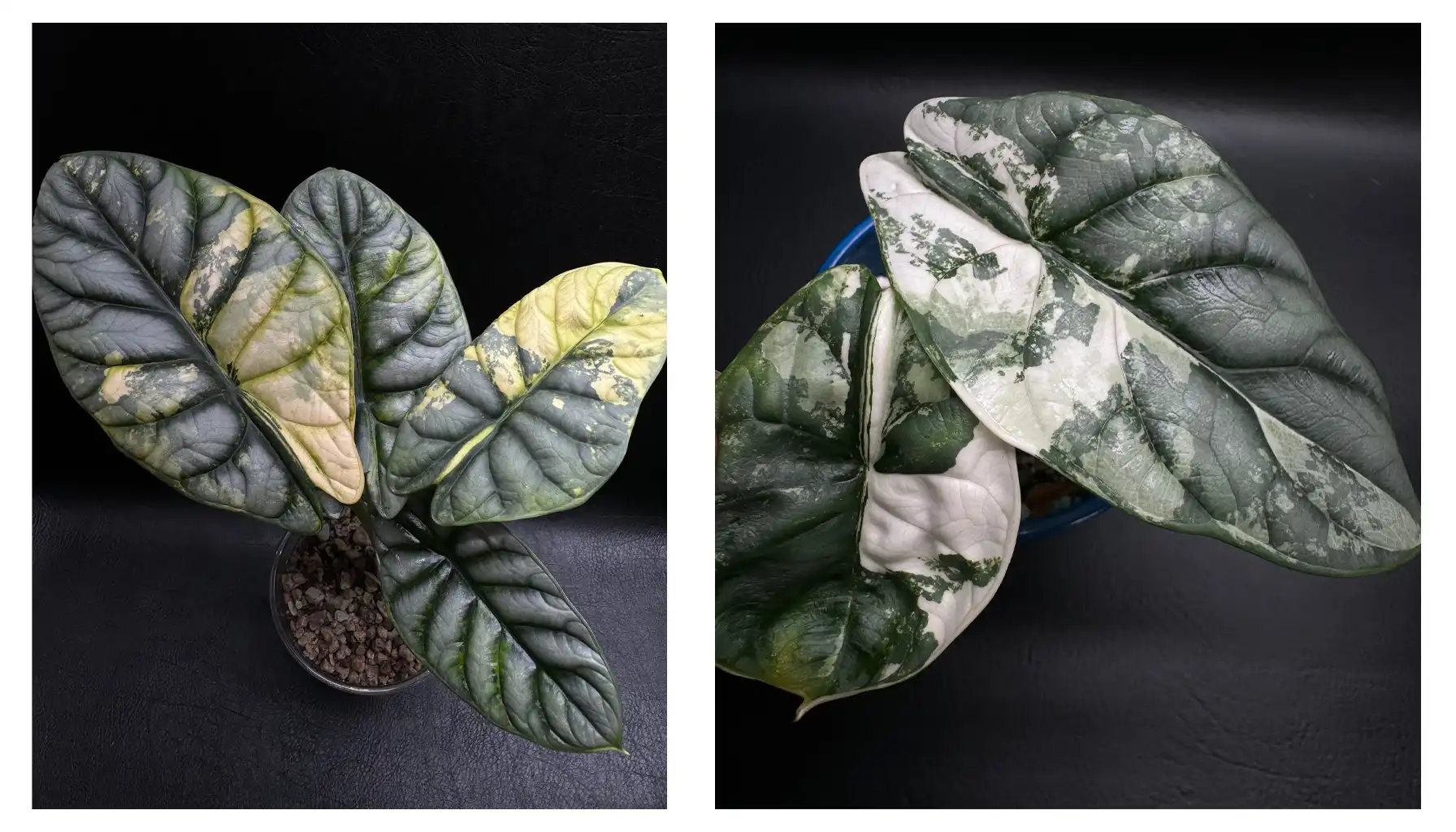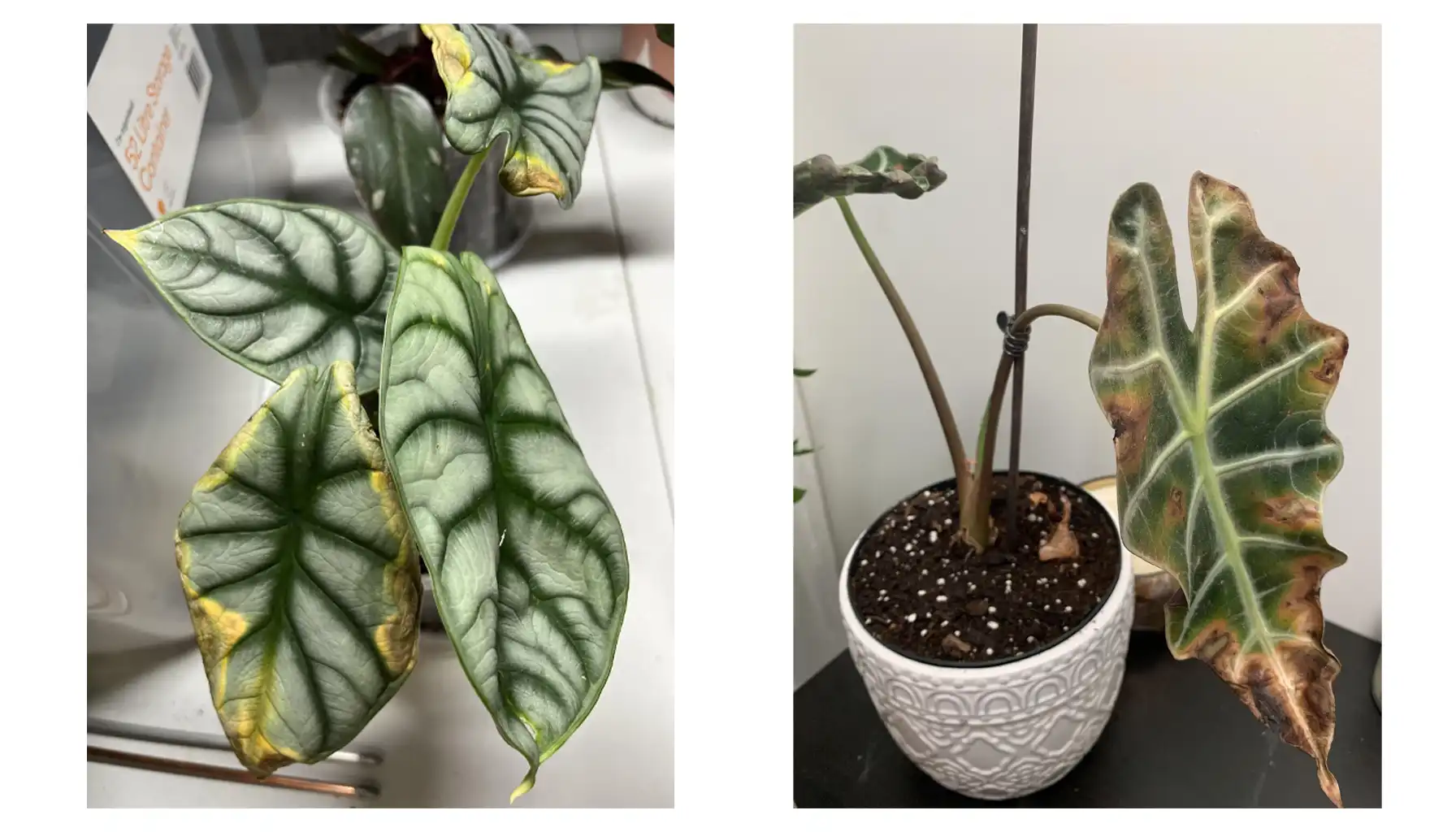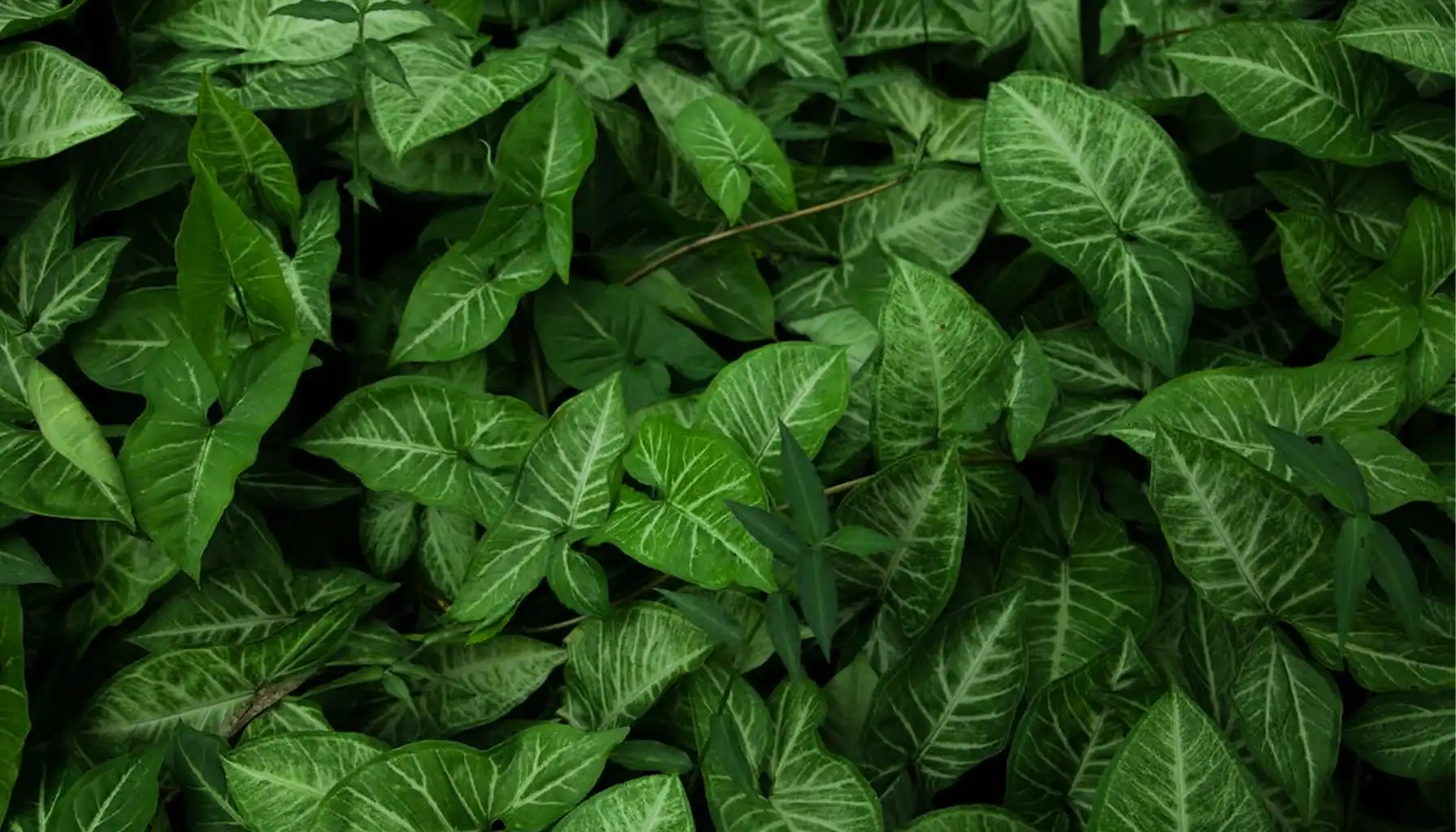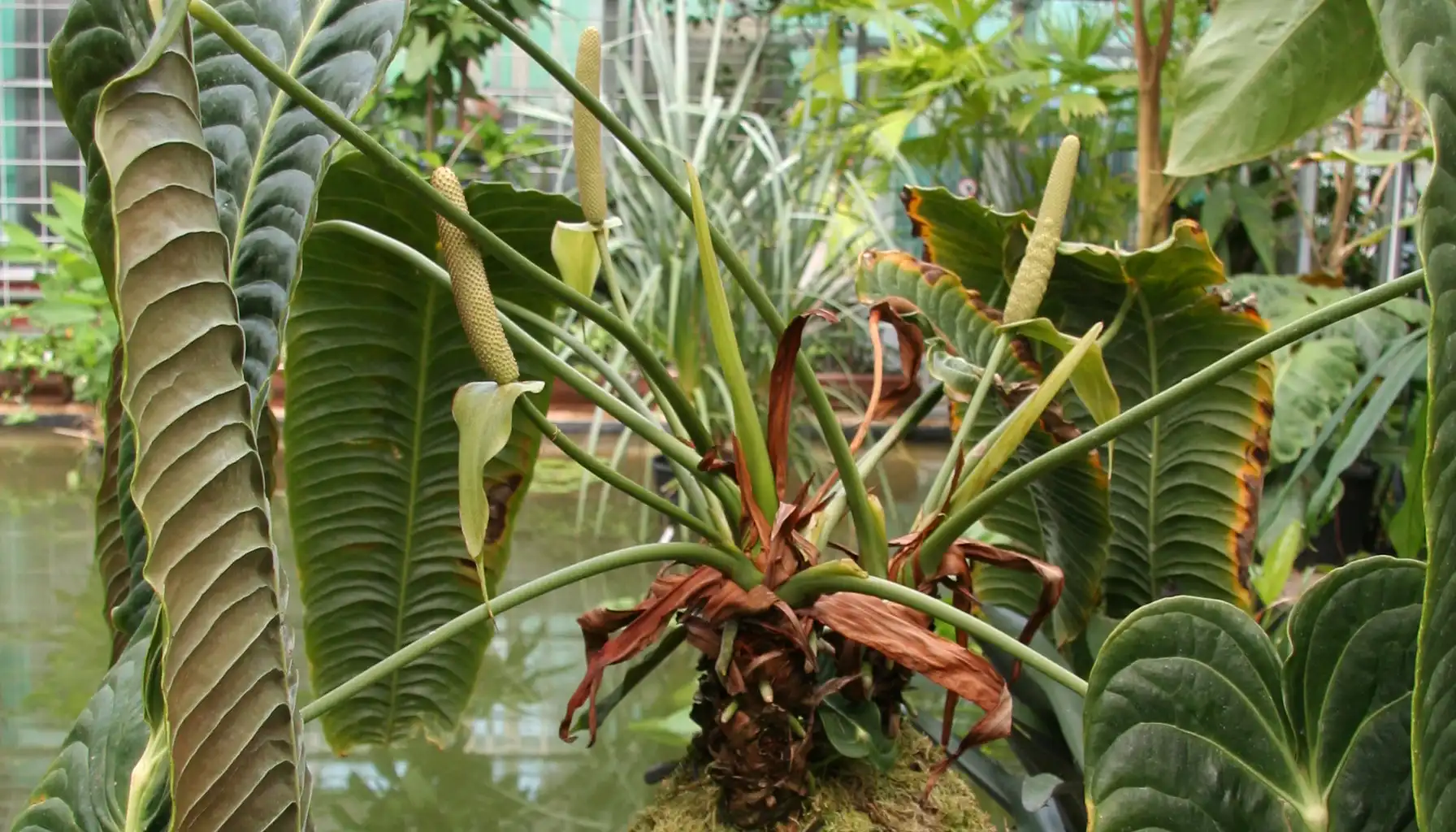Many of us have heard about a Spider plant or a Snake plant… But how about a Dragon Alocasia? Does it live up to the reputation of these mythical beasts? Let’s see.
This article will teach you about propagation, care, and varieties of Dragon Alocasia. After this article, you can consider yourself a master of this plant.
Would you like to try an app to identify plants? Many botanical enthusiasts tried such apps and were happy about them.
Describing Alocasia
Alocasias are tropical plants, usually growing in rainforests, and this specimen is not an exception. It got the nickname “Silver” due to a metallic gloss on the foliage. The veins on these metallic leaves make them look like dragon scales, hence the ‘Dragon” nickname.
Another nickname for this plant is “Elephant Ear”, which is also very fitting, with big gray leaves pointing down, just like the ear of this African giant.
The scientific name for this class is “Bangina”, meaning royal. It seems that even the scientists noticed Alocasia Baginda Silver Dragon’s beauty.
Silver Dragon Alocasia Overview |
Feature | Details |
Origin | Borneo, Southeast Asia (limestone-rich rainforests) |
Type | Tropical perennial aroid |
Size | Up to 60 cm (24 in) tall |
Life span | Perennial, can live for multiple years |
Leaf Colors | Silvery-gray with dark green veins |
Flowers | Have a sheath and resemble Peace lilies (rarely grow indoors) |
Propagation | By rhizome division |
Toxicity | Toxic to humans and pets. May poison if ingested. Sap irritates the skin |
Special Features | Highly ornamental |
Silver Dragon Varieties
When it comes to ornamental plants, they have many varieties. Some gardeners dedicate their time and money to collecting as many varieties of one flora as they can. Coleus, with its many colours, is especially popular in that regard, but Silver Dragon also has its few varieties.
Two varieties of Silver Dragon take the crown:
Alocasia Silver Dragon Aurea: A golden/yellowish mutation of the Silver Dragon. The leaves have a warm golden tone while retaining the dragon-scale texture.
Alocasia Silver Dragon Albo: A rare mutation with mostly white or very pale leaves, often with minimal green veins. Highly collectible and sensitive to light and care
Interestingly, in an exceptionally rare case, one shrub can combine both Aurea and Albo leaves. These cases are still being studied, and scientists do not have much data yet.
Alocasia Silver Dragon Care
Compared to most other tropical plants and even other shrubs from the Alocasia class, Silver Dragon is relatively easier to care for. Unsurprisingly, a shrub named after dragons and elephants can be resilient.
Do keep in mind, it’s still an ornamental plant, and the better your Silver Dragon Alocasia care is, the better it will look.
Light Requirements
Like most shrubs, Dragon Alocasia prefers bright, indirect light. You can place the pot near the window with a curtain to protect the shrub from excessive sun rays. Direct sunlight is bad for this flora, as it can scorch leaves, which is unacceptable for ornamental plants.
Watering Requirements
Water this plant when the top 2–3 cm (1 inch) of soil is dry. While this shrub likes moisture, it is also prone to root rotting. Therefore, don’t overwater it.
Temperature Requirements
Alocasia, being tropical plants, prefer warm conditions, 18–24°C (65–75°F). When it gets too cold, though, they don’t die, but instead go into hibernation. Therefore, don’t expect this shrub to grow any inches in winter.
As a note, hibernation does not save Alocasia from frost damage, so keep the pot away from open windows that might bring a draft.
Soil and Fertilizer Requirements
This plant responds to a well-draining mix (potting soil + perlite + orchid bark). Most houseplants take advantage of this versatile mix.
Do you want to make your Alocasia Silver Dragon large? Feed it with balanced liquid fertilizer during spring and summer.
Common Problems and Diseases
While for most this shrub is “out of this world”, coming from the tropics, it experiences the same problems most common house plants like Polka Dots have.
Here are some of the most common and dangerous alignments:
Yellowing Leaves: Often caused by overwatering, poor drainage, or sudden temperature drops. Fixed by letting the top soil dry before watering again, improving drainage, and keeping the temperature stable.
Brown Leaf Edges: Usually from low humidity, underwatering, or excess fertilizer salts. You should start watering the flora more often. It helps increase humidity and wash away fertilizer salts.
Leaf Droop: Can happen if the plant is underwatered, overwatered, or stressed by sudden environmental changes. Try to water this plant consistently and don't rotate it too much.
Root Rot: Comes from overwatering or poorly draining soil. The roots turn mushy and the leaves turn yellow. You should reduce watering, and in some cases, relocate the shrub to a different pot and cut the dead roots.
Leaf Spotting: May result from fungal or bacterial infection due to high moisture on leaves. You may use a fungicide to treat the disease and cut the shriveled leaves.
About the Alocasia Silver Dragon Bloom
Some flora attract crowds of people just to look at the blooming time. For example, Agave blooms once in a lifetime and then slowly withers away. Watching them bloom is a rare sight. As for Alocasia, they bloom multiple times, but extremely rarely indoors.
When do Silver Dragon Alocasia flowers start to appear? During the growing season (spring or summer), but blooming is unpredictable indoors. If somehow you were able to replicate the climate of summer tropics, it might start blooming even when it's winter outside.
Alocasia Silver Dragon flowers consist of a spathe (leaf-like sheath) and spadix (central spike), a common structure for this shrub family. The colours are usually light and beige.
If your Silver Dragon Scale Alocasia starts blooming, you can be proud of yourself as a gardener. You made it feel at home.
Alocasia Silver Dragon Propagation
Many shrubs are propagated by stem cutting, but unfortunately, it doesn’t work with Alocasias. Instead, gardeners usually propagate them by rhizome division. For this method, you need to take a part of the root and relocate it to a new pot. With time and care, this root will grow into a new plant.
Rhizome division is not as hard as it sounds. Many shrubs follow this method, like African Spear or Iron Cast.
The best time for propagation is spring or early summer, when the plant is actively growing.
Remove the plant from its pot. It’s best to let the soil dry a bit for easier removal. Gently shake or wash off soil to expose the rhizomes.
Find natural divisions where pups (small offsets) are attached to the main rhizome.
Use a sterilized knife or shears to separate, making sure each piece has roots and a growth point. If it doesn't, then it’s not a rhizome, but a simple root. Be careful! The sap causes skin irritation, so wear gloves when cutting.
Put each division in a small pot with well-draining soil (potting mix + perlite + orchid bark). Keep soil lightly moist. Smaller shrubs are usually more needy when it comes to water.
For aftercare measures, watch for pests and root rot. Younglings are susceptible to various diseases, but once you reach the Alocasia Silver Dragon's mature stage, it will get easier.
It takes at least a few years to have an Alocasia Silver Dragon Full Grown plant. It takes time and care, but also gives a sense of accomplishment.
Risk and Toxicity
Most Alocasian, including the Dragon type, are toxic.
Their parts contain calcium oxalate crystals, which can cause irritation if ingested or if plant sap touches skin or eyes. It’s not deadly but affects both pets and people.
It's best to keep this shrub out of reach of children and pets.
Home Benefits and Use
Collectors adore this flora for its beauty, but there’s more to it than just good looks. Let’s see all the major benefits this shrub can bring into your home.
Benefit Type | Details |
Ornamental Value | Alocasia Silver Dragon's variegated leaves have an exotic “dragon-scale” texture, making this shrub stand out in any interior. |
Compact Size | Suitable for small indoor spaces and easy to display on shelves or desks. |
Collectible Appeal | Highly prized among Alocasia enthusiasts. The shrubs are cultivated in small numbers. If you grow more shrubs, you’ll find someone to trade variegated Silver Dragon Alocasia with. |
Air-Purifying | Helps filter certain indoor air pollutants, improving air quality. |
AI Plant Finder
Have you ever walked by a tree or a flower and wondered: What is this plant? A new technology of flora recognition can help with such cases now, and one of the best apps with this goal is the AI Plant Finder.
With this app, you can recognize all kinds of flora. Here’s a little list of the things this app can do:
Plant Identification: Simply snap or upload a photo, and the app identifies the plant species and provides detailed information.
Disease Diagnosis: The app will also analyze the photo for signs of pests, diseases, or unhealthy conditions and offer treatment suggestions.
Care Tools: The app is equipped with helpful utilities like a light meter, water calculator, and plant care reminders to support optimal plant health.
Educational Chatbot: A built-in AI assistant will give you gardening advice on issues like watering, repotting, pruning, and pest control.
Garden Management: Includes tools like "My Garden" for organizing your plant collection, logging care activities, and setting reminders.
The app is free to download on iOS and Android devices.
Related AI Plant Finder Posts
